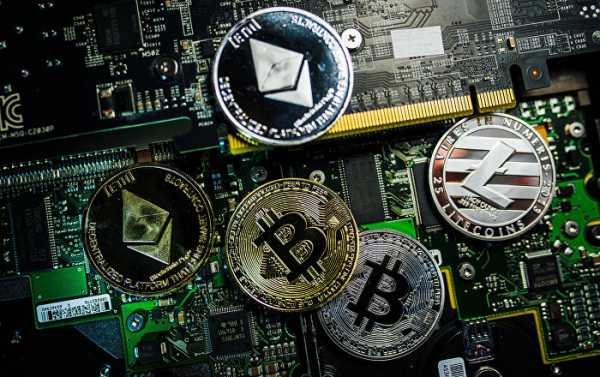
As the prices of cryptocurrencies continue their rollercoaster ride, new forms of digital currencies are emerging around the world, here’s a short list that may help you keep track of what’s what.
The rapid ascent of bitcoin in late 2017 quickly made digital currencies and blockchain technology a hot topic among businessmen, with investors scrambling to capitalize on this new phenomenon.
But while bitcoin remains probably the most famous cryptocurrency out there, its rise has also thrust a host of other digital currencies into the spotlight, some created years ago while others have launched just recently or are on the cusp of being released.
Here is a brief list of some of them.
Petro
Late in 2017, Venezuelan President Nicolas Maduro announced his intent to create a new national cryptocurrency called ‘the petro’, with each of its tokens being backed by a barrel of crude produced in the country.
Sam Barden, head of an international commodity trading and advisory company SBI Markets, also postulated that Iran may be seeking to create a similar hydrocarbon-backed digital currency called ‘energy coin.’
LoveCoin
In January 2018 Russian fashion model Natalia Vodianova launched her own brand of cryptocurrency called LoveCoin.
The model and charity activist’s newly developed the mobile app Elbi that makes it possible to transfer money to charity organizations and get LoveCoins in return, which may be later spent on luxury items from brands like Givenchy, Dior, Fendi or Christian Louboutin, according to media reports.
Ethereum
The ethereum blockchain-based network was launched in 2015. Envisioned by programmer Vitalik Buterin, it is used by several cryptocurrencies, and in 2016 the platform ended up splitting into two separate blockchains – Ethereum and Ethereum Classic. The network’s fundamental cryptocurrency token is called ‘ether’.
Monero
Introduced in 2014, the open-sourced cryptocurrency known as Monero has a high level of privacy which sets it’s apart from other open-ledger cryptocurrencies, as one of its units can be substituted for another, and can be used to perform anonymous transactions.
Lumen
An open-sourced protocol for value exchange called Stellar was established in 2014. The system was originally based on the Ripple protocol that was subjected to a number of technical modifications. The tokens used by the network are called ‘lumens’.
NEO
Originally launched in 2014, NEO is a cryptocurrency and blockchain platform that can support up to 10,000 transactions per second.
XRP
Ripple is a real-time gross settlement system designed by the eponymous company based in San Franciso and initially released in 2012; the network’s native cryptocurrency is called XRP or ‘ripples.’ Unlike Bitcoin or Monero, Ripple does not rely on mining to produce new tokens, and the currency itself is largely controlled by its creator.
Litecoin
Litecoin was one of the first cryptocurrencies to be introduced into the digital space, created by former Google engineer Charlie Lee in 2011. It is quite similar to bitcoin, as litecoin was actually inspired by it, although its current price is significantly lower than that of its ‘role model.’
Sourse: sputniknews.com






